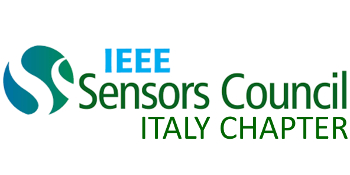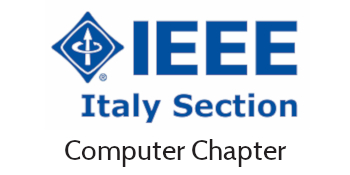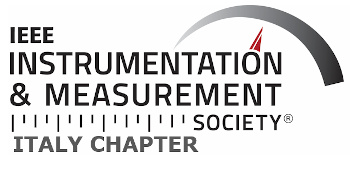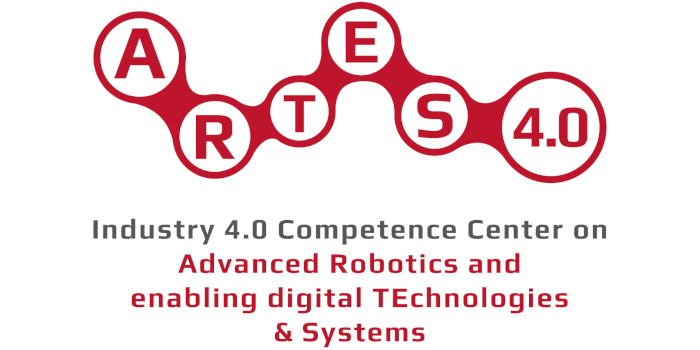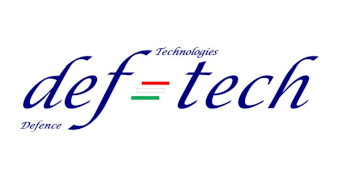Session 1 - Edge AI for IoT applications with MATLAB

Stefano Olivieri
Mathworks
Abstract
Traditionally, most of the processing for IoT applications is being done on a central cloud but that has its issues; which include latency, security, bandwidth, and privacy, etc. A new trend of processing the data on the edge of the network is emerging. The idea is to do processing as near the point of data production as possible. Doing processing on the nodes generating the data is called Edge Computing (EC), where part of the service-specific processing and data storage is moving from the Cloud Computing to the edge network nodes.
If today EC is getting momentum, we're witnessing, at the same time, a growing development of AI (Artificial Intelligence) technologies. In fact, the use of Deep Learning and Machine Learning is becoming pervasive day by day which is opening doors to new opportunities in every aspect of technology.
Edge AI applications are revolutionizing the IoT industry by bringing fast, intelligent behavior to the locations where it is needed. The requirements of these applications seem calling an AI's resources-hungry model, whose cloud-centric execution appears in the opposite direction with a migration of computing, storage and networking resources at the edge. The two technology trends are crossing in the EI (Edge intelligence): an emerging paradigm meeting the challenging requirements of future pervasive services scenarios.
MATLAB offers deep learning functionality for engineering and science workflows. Success goes beyond just developing a deep learning model. Ultimately, models need to be incorporated into an entire system design workflow to deliver a product or a service to the market.
The aim of the session is to provide an overview of how MATLAB can help to take advantage of disruptive technologies like Edge AI and Deep Learning. We will show where deep learning is being applied in engineering and science, and how its driving MATLAB's development. Moreover, we will demonstrate a workflow for how you can research, develop and deploy your own deep learning application.
About the Presenter
Stefano received a master's degree in Electrical Engineering at University of Bologna, Italy, in July 1995, and got a Post Graduate Advanced Degree in Information Technology at CEFRIEL, Polytechnic of Milan the same year.
He's been with MathWorks since 2005. After spending eight years as an Application Engineer in the field of Signal Processing and Communication Systems, supporting companies in the Communications, Electronics, Semiconductors and Aerospace and Defense industry segments, Stefano is currently working as an Customer Success Engineer to help the top universities with the adoption of MathWorks tools for effective teaching and research.
Before that, he worked with R&D labs in STMicroelectronics and Philips Research, were he dealt with the design and development of wireless communication and video processing systems.
Stefano has also been Contract Professor with the University of Milano for three years, where he was teaching Transmission Theory for the Telecommunication Software Engineering bachelor's degree.
Session 2 - Inspection for industry 4.0: monitoring based on Brain-Computer Interfaces and Augmented Reality

Pasquale Arpaia
University of Naples Federico II, Italy

Nicola Moccaldi
University of Naples Federico II, Italy
Abstract
In smart industry, Augmented Reality is one of the nine pillars of the ongoing industrial revolution. In an industrial context, the AR can help several working aspects, from training on-the-job to product design, and maintenance. These operations usually require the user hands to be free from the AR device controller. The combination of AR with a Brain-Computer Interface (BCI) can provide the solution to a hands-free user input, thus providing a novel way of gathering information from the surrounding environment. In this tutorial, a monitoring system integrating AR glasses with BCI is proposed for inspection applications in industry and healthcare. The technical issues addressed in this tutorial aim to show how to build a low-cost non-invasive wearable system for a novel interaction with wireless sensors or electronic devices. For this reason, an overview of current AR technologies is firstly given by highlighting the features of the devices available nowadays, their advantages and disadvantages, and their possible application in smart industry. Then, Brain-Computer Interfaces are introduced, the measurement techniques for brain activity are listed, and a survey of different types of interfaces is presented. Finally, the integration of these two breaking technologies is described.
About the Presenters
Pasquale Arpaia took Master Degree and PhD in Electrical Engineering at University of Napoli Federico II (Italy), where he is full professor of Instrumentation and Measurements. He is Head of the Instrumentation and Measurement for Particle Accelerators Laboratory (IMPALab) and the Augmented Reality for Health Monitoring Laboratory (ARHeMlab). He is Team Leader at European Organization for Nuclear Research (CERN). He is Deputy Chairman of the Interdepartmental Center for Research on Management and Innovation of Health (CIRMIS), Head of the Hi-Tech Academic FabLab Unina DIETI and Chairman of the Stage Project of the University Federico II. He was also professor at University of Sannio, associate at Institutes of Engines and Biomedical Engineering of CNR, and now of INFN Section of Naples.
He is Associate Editor of the Institute of Physics Journal of Instrumentation, Elsevier Journal Computer Standards & Interfaces, MDPI Instruments, and in the past also of IEEE Transactions on Electronics Packaging and Manufacturing. He was Editor at Momentum Press of the Book Collection “Emerging Technologies in Measurements, Instrumentation, and Sensors”. In last years, he was scientific responsible of more than 30 awarded research projects in cooperation with industry, with related patents and international licences, and funded 4 academic spin off companies. He acted as scientific evaluator in several international research call panels. He continuously serves as organizing and scientific committee member in IEEE and IMEKO Conferences. He is plenary speaker in several scientific conferences.
His main research interests include instrumentation and measurement for magnets, advanced materials, beam, superconductors, power converters. and cryogenics of particle accelerators, biomedical instrumentation, Augmented Reality, Brain Computer Interfaces, evolutionary diagnostics, distributed measurement systems, ADC modelling and testing. In these fields, he published 3 books, several book chapters, and about 300 scientific papers in journals and national and international conference proceedings. His PhD students were awarded in 2006, 2010, and 2020 at IEEE I2MTC, as well as in 2016 and 2012, 2018 at IMEKO TC-10 and World Conferences, respectively.
Nicola Moccaldi received the M.S. degree (cum laude) in communication science from the Faculty of Arts and Philosophy, University of Salerno, Fisciano, Italy, in 1999, and the M.Sc. degree in electronic engineering from the University of Naples Federico II, Naples, Italy, in 2018. Since 1999, he has done numerous professional assignments in the social and health sector policies including planning and implementation of corporate communication, coordination of complex services, design, and the evaluation of services, on behalf of several nonprofit organizations and government agencies. Since 2015, he has been a Researcher in electronic engineering applied to biomedical field with Innovum S.R.L., Naples. He is currently a Research Associate with ARHeMLab - DIETI, University of Naples Federico II. His current research interests include biomedical instrumentation and measurement. He has authored or coauthored several scientific papers in journals and national and international conference proceedings in this field.




